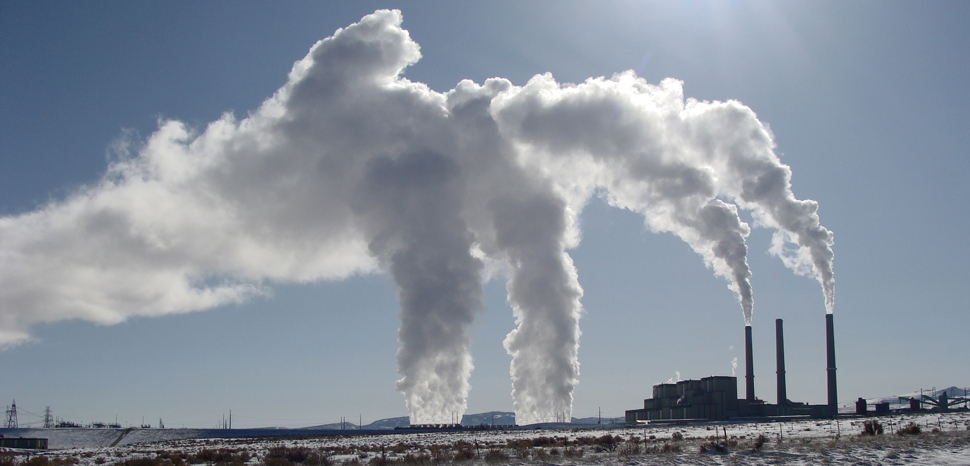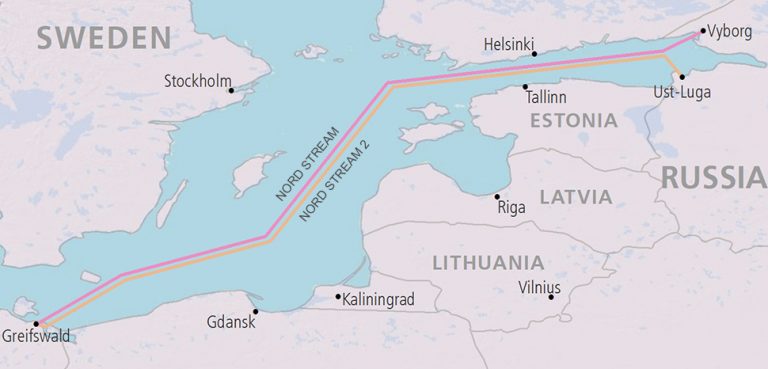Until 2017, China was championing the global movement to combat climate change through committed efforts at reducing reliance on coal and highest investments in renewable energy. The US-based Institute for Energy Economics and Financial Analysis (IEEFA) in its January 2018 report identified China as being among the top leaders in outbound clean energy investments in 2017, establishing itself as a world leader in driving a domestic decarbonisation agenda.
Yet China remains one of the leading global supporters of coal plants around the world with commitment or proposals worth about $36 billion in financing for 102 GW of coal-fired capacity in 23 countries, as found in a study published by IEEFA in its January 2019 report. According to the study, this makes China accountable for more than a quarter of all coal fired capacity under development outside of China. Various studies and media reports show that Chinese financial institutes are the world’s largest funders of overseas coal plants. In fact, with more than 100 financial institutions around the world divesting from coal, Chinese state-owned financial agencies have stepped in to fill the gap as lenders of last resort. The IEEFA report further observes that private sources of ‘Belt and Road Initiative’ (BRI) finance from China are more active in renewables whereas China’s State Owned Enterprises (SOEs) remain heavily concentrated in coal, which suggests market signals are increasingly directing investments to climate-friendly sectors but the central government ignores this and concentrates its SOEs on coal investments.
Perhaps the Chinese Government has established overseas coal plant construction and operation projects as a strategic means for advancing its geostrategic interests, as development of coal plants is naturally capital intensive and it involves heavy borrowing by host countries. This borrowing carries risks around exchange rate volatility, currency, deficits, and inflation, all of which can create an unsustainable debt, thus providing an opportunity for China to act as a creditor by extending huge loans to their governments, and ensnaring them in a debt trap, as suggested by many political and economic experts. Another reason behind China’s involvement in overseas coal plant funding is to support its domestic Engineering, Procurement and Construction (EPC) companies and equipment manufacturers which are mostly SOEs, which are facing diminishing demand for power plant equipment and construction services due to the government’s domestic decarbonisation agenda and coal overcapacity problem. These domestic EPC companies and equipment manufacturers are often awarded the bids for constructing overseas plants and supplying parts for them.
Entities mainly involved in financing these overseas coal projects, as identified by many studies and media reports, are China Import Export Bank and China Development Bank, while the corporations prominently involved are State Grid Corporation of China, China Energy Engineering Corporation, State Power Investment Corporation and China Huadian. Another important player involved in making the funding for these projects possible is the state-owned China Export & Credit Insurance Corporation, also known as Sinosure. Danqing Li, a Climate and Energy campaigner at Greenpeace describes Sinosure as a gatekeeper of energy investments along the BRI; it is China’s only policy insurer to cover overseas coal fired power projects. She reports that at the end of 2018, Sinosure had underwritten 28 GW of coal fired capacity worldwide, which exceeds the entire coal capacity of Australia.
Advancing its geostrategic interests, supporting its domestic players or anything else, whatever may the reason, continued Chinese investment in coal-fired capacity overseas is tempering its own initiative to lead the world in transitioning toward clean energy capacity, even despite its global lead in investments in renewable energy. This new coal-fired capacity is only going to add to the existing level of Greenhouse Gas (GHG) emissions which is incongruent with China’s commitments made in the Paris Agreement to keep global warming to 1.5 degree Celsius. A report published by Intergovernmental Panel on Climate Change (IPCC) in October 2018 found that meeting Paris Climate Goals requires a drastic reduction of coal power generation in just 12 years by 2030, and a phase out by 2050. These new coal projects, with a supposed lifespan of about thirty years or more, are flatly incompliant with these requirements. Besides, new coal power projects will add to existing levels of air pollution, which according to World Health Organisation (WHO) estimates accounts for 7 million premature deaths worldwide per year.
It is therefore important that China acts responsibly by not limiting its clean energy investments and decarbonisation policies within the country, but rather integrating them with its BRI and other overseas development projects. This way it can set an example for other countries and truly establish itself as a world leader in the fight against climate change.
The views expressed in this article are those of the author alone and do not necessarily reflect Geopoliticalmonitor.com or any institutions with which the author is associated.




